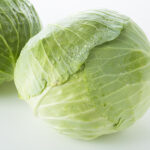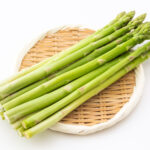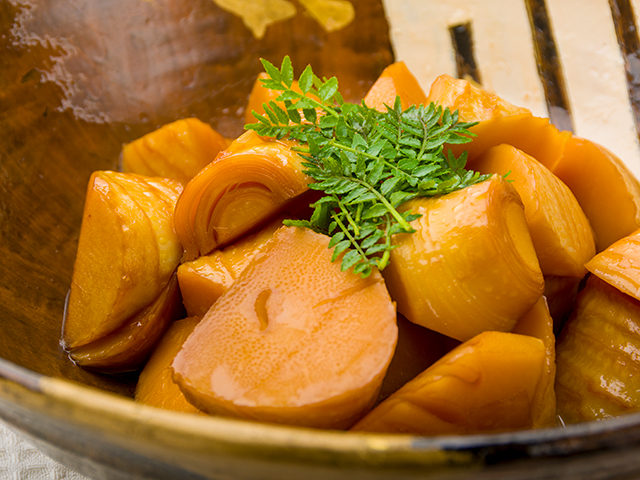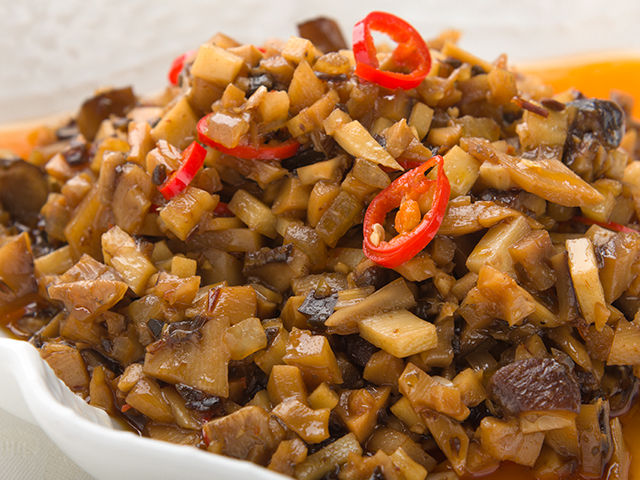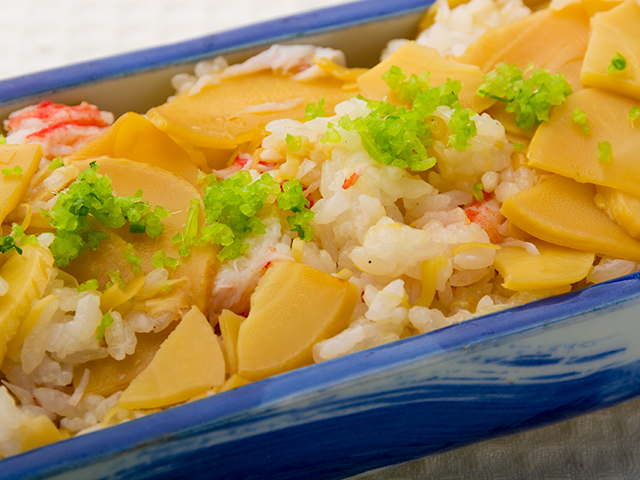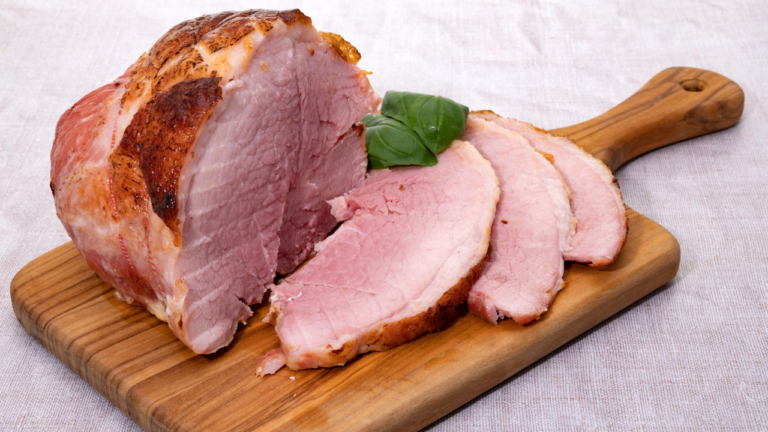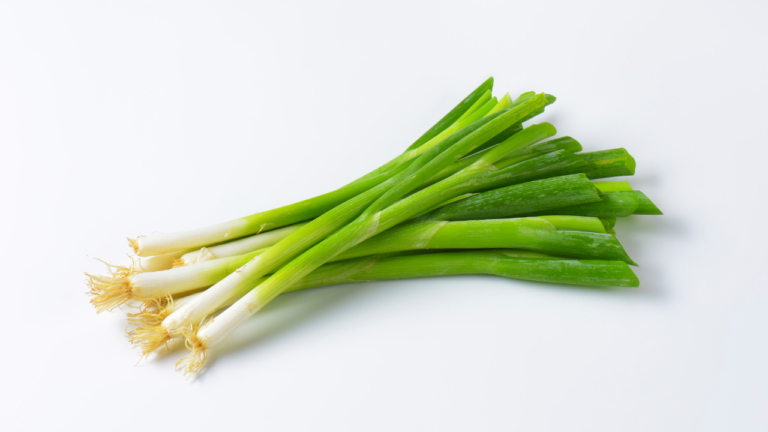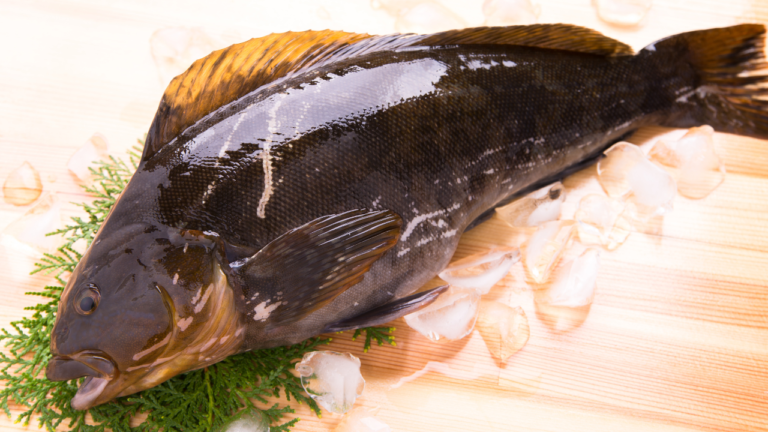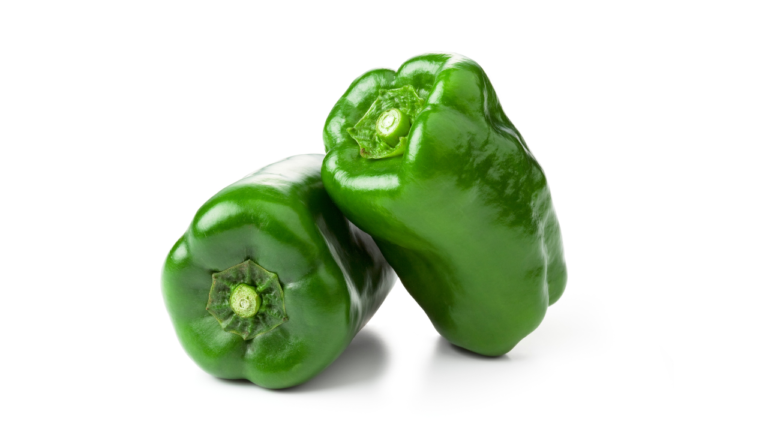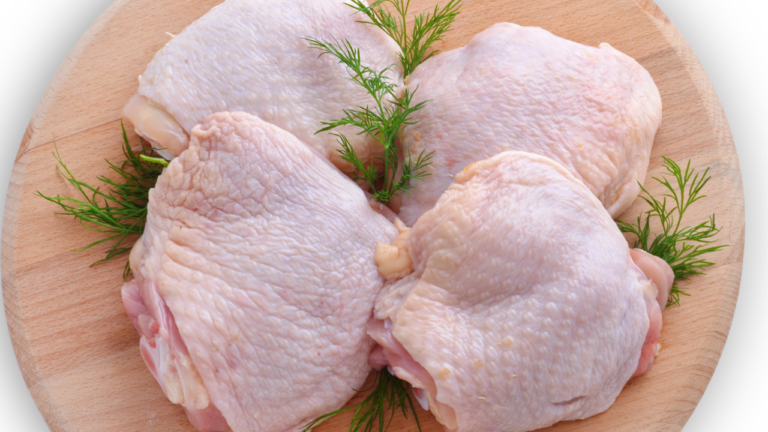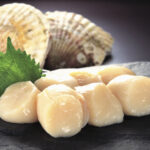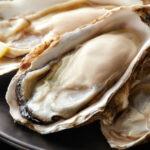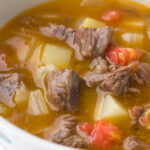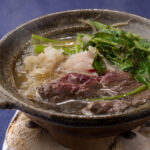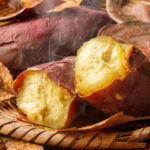An explanation of bamboo shoots that will make you want to eat when spring arrives! We also introduce recommended recipes!
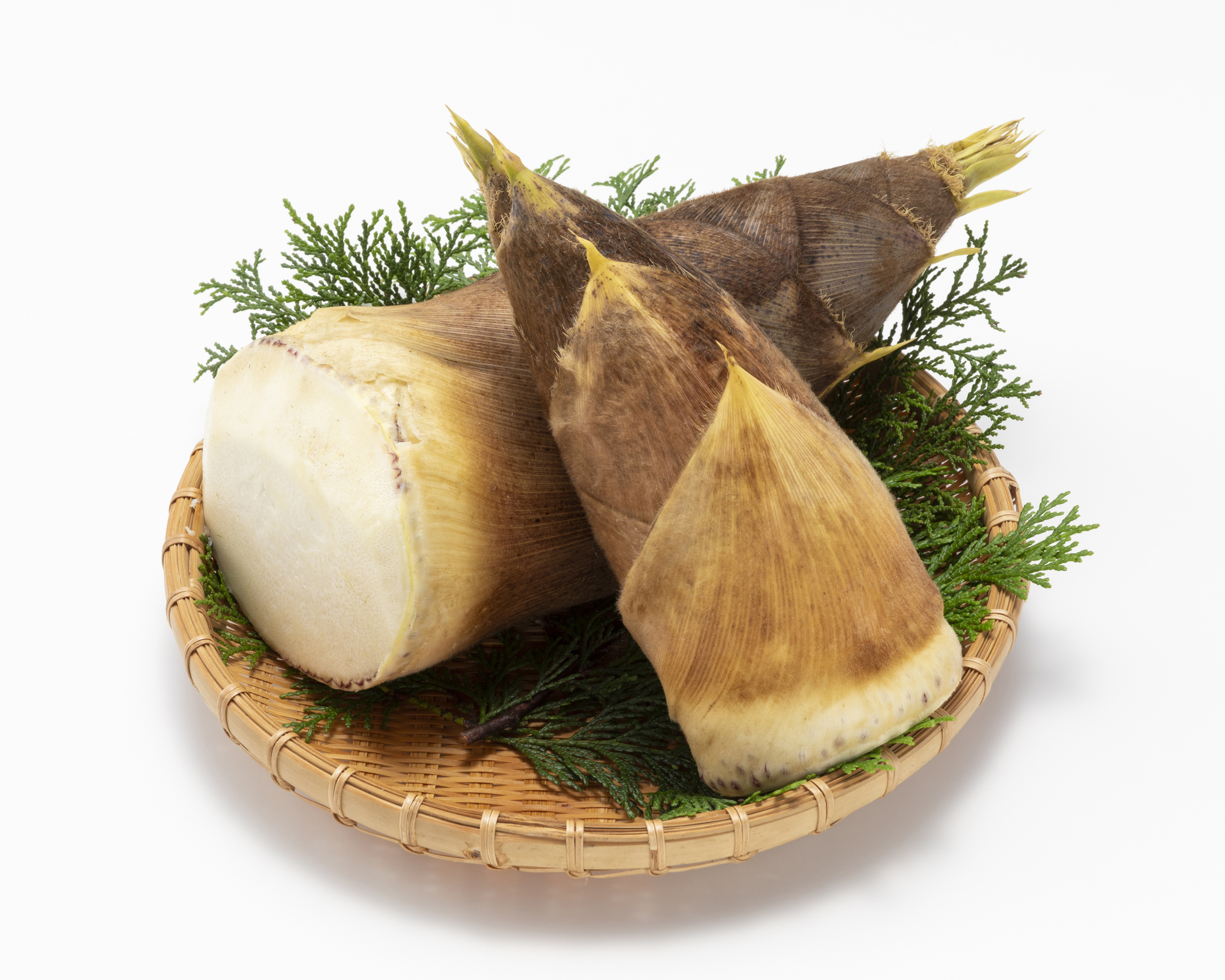
table of contents
- 1 Introduction
- 2 Main domestic production areas and production volume
- 3 Takeno varieties and seasonal bamboo shoots
- 4 The historical background of Takeno's bamboo
- 5 How to choose this delicious shiitake mushroom
- 6 Basics of pre-processing of bamboo shoots
- 7 Recommended recipes using bamboo shoots
- 8 Tips for enjoying bamboo shoots more
- 9 Take and Seasonal Events
- 10 Overseas bamboo shoots
- 11 To fully enjoy bamboo shoots
- 12 Summary: Incorporate the flavors that are nurtured by the seasons into your daily life
- 13 We also introduce special recipes for epi recipes!
Introduction
In spring, bamboo shoots are more common in supermarkets and direct sales outlets, and while they have a unique aroma and chewy texture, they have long been popular as an ingredient that can be used in a variety of dishes. In fact, it is widely used in various parts of the world, mainly in Asia, and is said to have been eaten not only in Japan but also in China and other countries with a long history. In Japan, it is positioned as a "taste that announces the arrival of spring," and is often used in traditional home cooking such as stewed dishes and stir-fry dishes. Here we will introduce the main production areas and varieties of bamboo shoots, as well as the basic cooking process and recommended recipes, and explore the appeal of bamboo shoots.
The presence of bamboo shoots on Japanese dining tables is very large, and it is delicious not only for stews and soups, but also for rice cooked in rice. You can also enjoy it as a pot of pottery, or even make it into a finely chopped to add it to your dish's accent, making full use of its texture. In this article, we will explain everything from the basic knowledge to specific cooking methods, as well as historical background, mainly bamboo shoots, which are often distributed from spring to early summer.
Main domestic production areas and production volume
Although bamboo shoots are produced all over the country, the main production area is particularly known as the region that makes use of the warm climate. In Japan, production volumes of over 20,000 tons are reported in some years, and the production is delivered one after another, mainly in early spring.
The table below is an example of the areas in Japan where the most shipments are said to be large. The detailed numbers vary depending on the year and weather, but they tend to be produced in places with relatively good rainfall and soil quality, including in warm regions on the Pacific side.
| Features of main production area | remarks |
|---|---|
| The warm western area of Japan | Harvests are early and shipments often start around March. |
| Areas with high rainfall | It promotes bamboo shoot growth and has a large, soft tendency |
| Some parts of Northern Japan | Cultivars for cold regions may be grown and harvests continue until around June |
It is said that places with relatively fertile land and abundant groundwater, such as mountainous areas and hilly areas, are suitable for cultivating bamboo shoots. In some areas, they run tourist farms and some facilities allow the general public to experience bamboo shoots digging, making them a popular tradition in early spring.
Takeno varieties and seasonal bamboo shoots
Various types of bamboo shoots are popular for eating in Japan. The most commonly distributed varieties are "Moso bamboo," but there are other distinctive varieties in each region. Here we have compiled a table of representative varieties, so please use this as a guide to knowing the purpose and season.
| Variety name | Features | Seasonal time |
|---|---|---|
| Mouse | Thick, soft and fragrant. The peak harvest is from around March to May. In early-digating areas, the product may be shipped from winter. | Mainly from March to May |
| Madake | It is slender and has a mottled pattern on the skin. The light is strong and you can enjoy the bittersweetness. Break the roots above the ground and harvest. | Mainly from May to June |
| Bee | A slender variety wrapped in a light reddish brown skin. It is said to have little bitterness and slightly sweet. Harvest the part that comes out of the ground. | Mainly May |
| Shihochiku | The culm is characterized by its square shape. This is a rare variety that can be picked in autumn, and the shipping period begins from October to early November. | Mainly from October to early November |
| Chishimazasa | It is also known as Nemagaridake. A name that allows the roots to grow with bent. There is little bit of water, and it will be in season around June in northern Japan. | Mainly June |
As mentioned above, the appearance, degree of flavor, and the time of harvest vary depending on the variety. Some varieties are difficult to find in some regions, but if you have the opportunity, try comparing them to taste them and the world of bamboo shoots will expand even further.<br>
The historical background of Takeno's bamboo
Bamboo shoots are thought to have been used as ingredients in various parts of Asia since ancient times. In particular, it is said that China has already been a part of food culture for about 2,500 years, and it was introduced to Japan at a very early stage, and has a history of collecting wildlife in the mountains and fields. Some literature records show that ancient nobles would enter the mountains in spring and collect and present young bamboo shoots.
In Japan, it is said that bamboo shoots have been established as a commodity crop since the early modern period due to the expansion of bamboo forests and improvements in varieties. Production has spread especially in warm regions, and has led to the shipment of local specialty brand Take. Early spring, the owner of a bamboo forest has entered the mountains and "early digging bamboo shoots" have become popular, where people have digged up the bamboo shoots that have not yet come out of the soil or are slightly exposed.
Through this history, a variety of cultivation methods have been studied in various places, and technology has been cultivated to produce softer, more fragrant bamboo shoots. A technique has been established to minimize photosynthesis of bamboo shoots, such as early boring and night digging, and harvest them before the tips turn green, and is being shipped nationwide.
How to choose this delicious shiitake mushroom
If you want to get fresh bamboo shoots, you can refer to the following points: Especially in early spring, multiple bamboo shoots are often lined up in the store, so if you choose a higher quality product, it will be relatively easy to remove the bamboo shoots when cooking, making it delicious.
-
shoots that are buried deep in the soil on the tip Conversely, those that come out of the soil and get exposed to sunlight tend to have a slightly stronger flavor as they are green. - The cut at the roots
will fade away after a while after harvesting, causing the cut to turn brown or hard. Choose a white, fresh cut and fresh. - The skin color of the skin
is light brown and soft to the touch, and the skin tends to have a relatively less peel. If the color is dark or close to green, it will often be on the ground for a long time.
If you are in an environment where you can purchase from a direct sales outlet in the production area, it is a good idea to check with the producer about the harvest time and how to dig it, and get better condition bamboo shoots.
Basics of pre-processing of bamboo shoots
Bamboo shoots are one of the ingredients that are said to be important for freshness. It has long been said that "boil water and then dig into bamboo shoots," and that it is ideal to boil them immediately from the digged soba noodles and remove them. When actually cooking at home, pre-treatment is performed as soon as possible after purchase to maximize the feel and aroma of the bamboo shoots. Below is a general preprocessing process. If you can't prepare rice bran, you can use rice broth.
<What you need for pre-processing>
- Takenoko
- Rice bran (approximately 10% of the weight of bamboo shoots)
- Large pot or pan
- Disk lid (substitutes with aluminum foil or kitchen paper)
<Preparation procedure>
- Wash the bamboo shoots under running water, peel about 2-3 pieces of the outer skin and remove the soil. Bamboo shoots in early spring often have a lot of peeling on the tips, so it is a good idea to cut them off at about 3 centimeters at a diagonal angle.
- Cut vertically in half from the root towards the tip. It's easier to cook and also makes it easier to remove the baking.
- Put about half of the water in a pot or pan and add the bamboo shoots. Adjust to soak and add rice bran.
- Cover with the cut-out facing down, place the lid on medium heat, and boil for about 30 minutes.
- Once the bamboo skewers are ready to pass through, turn off the heat and let cool at room temperature for 4-5 hours. During this time, the excess will be removed.
- Once completely cooled, remove the bamboo shoots and wash any rice bran that has adhered to the surface with water and peel. Put it in a container filled with water and store in the fridge to keep it delicious for a few days, but replace the water frequently.
This pretreatment reduces the savory flavor when stewed or stir-frying bamboo shoots, allowing you to enjoy a more elegant flavor. Pre-boiled bamboo shoots are useful if you cook a large amount of them, as they can be arranged into a variety of dishes.
Recommended recipes using bamboo shoots
Here we will introduce a recipe for "Uma-ni" with the pre-processed bamboo shoots as the main focus. This dish is made with plenty of soft spring steak and is soaked in the richness of the fried tofu and the umami flavor of the dashi. This dish has been a popular dish in Japan for a long time and goes well with freshly cooked rice. The key is to let the flavor cool once after cooking to allow the flavor to soak throughout.
Ingredients (for 4 people)
- Young bamboo shoots...3 small pieces (approx. 750 grams)
- Fried tofu... 2 pieces
- Bonito flakes...5 grams
[A]
- Water...2 cups
- Granules... 1 gram
- Soy sauce...1 tablespoon
- Mirin...3 tablespoons
- Salt... a pinch
How to make it
- After preparing the bamboo shoots
, remove the hard part at the root of the bamboo shoot, cut it in half lengthwise and cut it radially into about 3 cm wide. The soft princess skin at the tip can be eaten up to the part where the knife can easily fit in, so cut it apart. - to put seasonings in a pot
and arrange the cut bamboo shoots (including princess skin). - Add the fried
tofu, cut the fried tofu into the same width (about 3 centimeters) of the bamboo shoots, and place them over the bamboo shoots. Sprinkle bonito flakes all over it. If you don't have bonito flakes on hand, adding a small amount of the contents of the dashi pack will give it a flavour. - Simmer over a heat and
cook for about 20 minutes. It would be ideal if the broth started to simmer by about a third. - Turn off the heat and let the flavor blend
off, then let the heat cool for a while and let the flavor soak. Reheat it just before eating and it will taste even better. - a plate
, add some kinome buds and other ingredients to create a spring-like scent. Please try it while it's warm.
You can adjust the thickness of the broth to your liking. If you like a slightly sweet taste, try adjusting the amount of mirin to bring out the gentle sweetness. The flavor also changes depending on the type of soy sauce, so you can use your everyday soy sauce to finish it, or use carefully selected soy sauce to enjoy the deep flavor. The seasoning of stews is likely to give you a unique personality depending on the region and family, so it's fun to try and find a taste that suits you.
Tips for enjoying bamboo shoots more
Bamboo shoots are a food that is often thought of as stewed food, but they can bring out a variety of flavors depending on cooking. It goes well with oil, so it can be delicious for stir-fried or deep-fried foods, and you can enjoy the crunchy texture by chopping it finely after pre-boiling and mixing it with hamburger or dumpling ingredients.
- boiled bamboo
shoots into thick slices and roast them in a frying pan or grill to make them a fragrant snack. To finish off, drizzle a little soy sauce or ponzu sauce to add a touch of flavor.
When you fry it with tempura or fritter Recommended for those who want to enjoy the fresh scent of spring.- rice
cooked rice, you can also combine it with chicken or konjac, or simply cook it with just a bamboo shoot or deep-fried tofu to enjoy the season.
No matter which cooking method you use, the finish will be a big difference in the flavor of the finished product depending on whether the initial peeling is well done. It may seem a bit of a hassle, but with that effort, you can fully enjoy the elegant taste of bamboo shoots.
Take and Seasonal Events
Bamboo shoots, which are in season in early spring, have been closely linked to seasonal events. For example, in some regions, harvest experiences and direct sales markets are held under the guise of the "Bamboo Shoe Festival," and many people enjoy this event as a first-hand experience of the arrival of spring. You will also be taught directly from farmers and locals about cooking, and you won't miss the luxurious experience of boiling freshly picked and enjoying it.
The bamboo forest is also one of the beautiful scenery that gives off a sense of the original Japanese landscape. There are many places where Satoyama culture is alive and lively, protecting the natural environment through the maintenance of bamboo forests, while harvesting bamboo shoots as a spring flavor and contributing to the local area. Knowing this cultural background makes you realize that bamboo shoots are not just ingredients, but are deeply rooted in the climate and lifestyle.
Overseas bamboo shoots
Bamboo shoots are not just ingredients in Japan, but have become widely popular overseas as well. It is especially common in Asia, and is sometimes used as a stir-fry, soup, or dim sum. Although there is not much in Japan for pre-processing using rice bran, it is being developed on the local area, such as by boiling rice bran and steaming the food, and then adding it to the food.
In addition, canned and bottled bamboo shoots are available in Europe and the United States, and there are cases where they are easily used as food ingredients. However, there are only a limited number of opportunities to obtain raw bamboo shoots, and they are only available at specialty stores. The growth potential of bamboo remains the same even after crossing the ocean, and there have been reports of cases of it becoming wild in warmer regions, and its vitality is attracting attention all over the world.
To fully enjoy bamboo shoots
When viewed in its raw state, bamboo shoots are large and rough, and may be avoided considering the hassle of preparative treatment. However, once you actually follow the steps and cook, you will notice that it is not that difficult. Just a simple pre-boiling experience will give you an amazingly fresh taste.
What's more, it also has a wide range of possibilities depending on how you cook it. Not only stews and soups, but you can also enjoy different textures and flavors depending on the ingredients and seasonings you combine, such as yakiniku, deep-fried foods, and rice. It is easy to use not only Japanese food, but also Western and Chinese-style arrangements, making your menu from spring to early summer even more gorgeous.
Summary: Incorporate the flavors that are nurtured by the seasons into your daily life
Bamboo shoots are a food that brings out of the soil as the temperature rises, making us feel the spring. Its speed of growth and commitment to freshness have captivated many people since ancient times. There are unique varieties all over the country, and the bamboo shoot culture is steadily passed down, with the production area being branded.
Even simple dishes such as the "Stewed Young Bamboo Bamboo" introduced this time can be enjoyed with a special taste simply by carefully pre-treating them. Furthermore, if you try out a variety of cooking methods, the possibilities of Takeno's bamboo can expand endlessly. Why not spend any effort and enjoy the aroma of spring and enjoy the generous amount of blessings that nature has to offer?
We also introduce special recipes for epi recipes!
